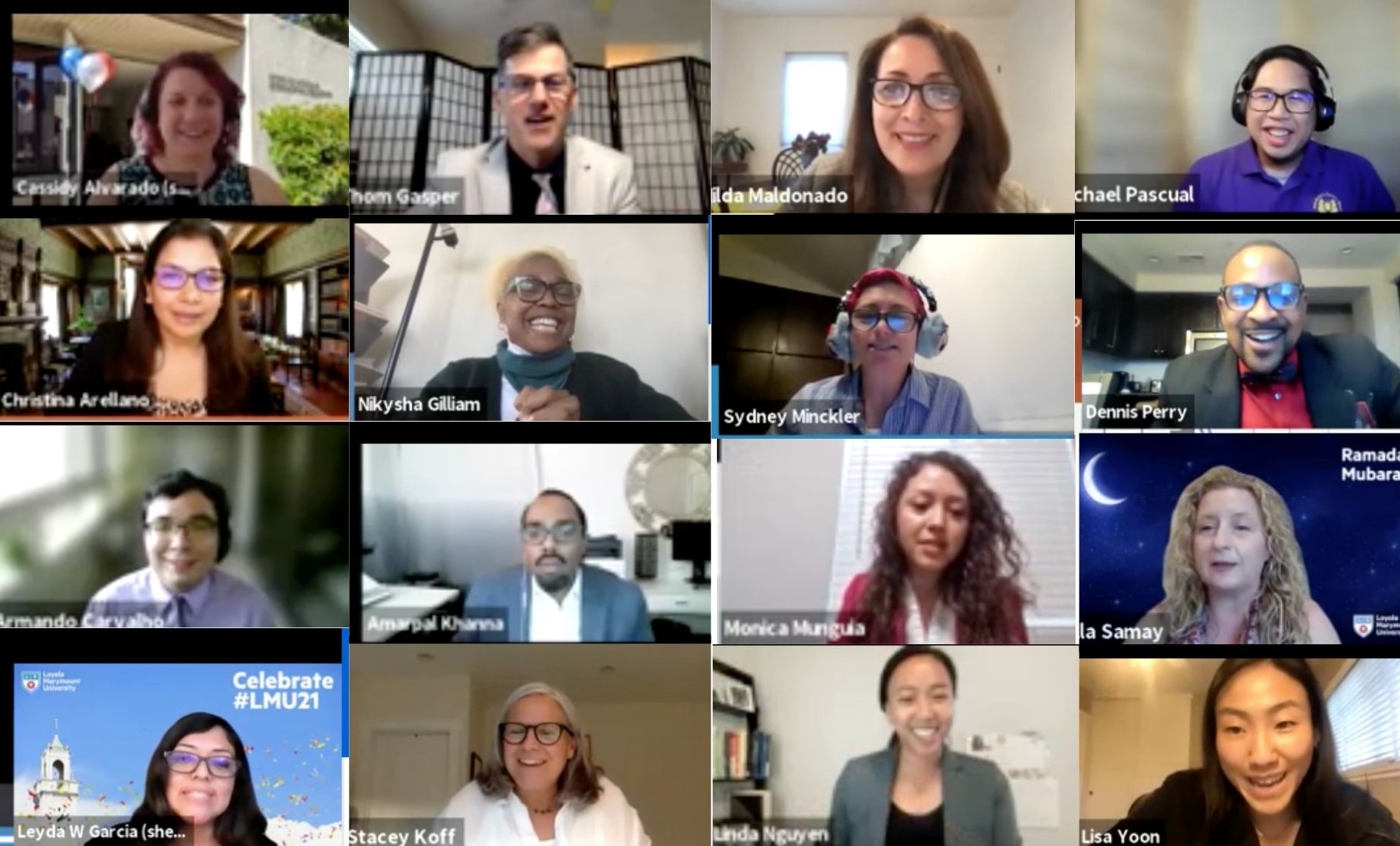
Different Ways of Knowing and Growing: A Case Study of An Arts-Integrated Pedagogy at an Urban Elementary Charter School
Faculty Advisor
Rebecca Stephenson, Ph.D.
Files
Loading...
Abstract
There is an arts equity gap in K-12 grade education. African American and Latinx students have less opportunities for access than white students. In California, charter schools have the flexibility to implement arts based and arts integrated curriculum for the students in those demographic groups. The goal of this qualitative case study was to observe how an urban charter elementary school implements an arts integrated curriculum and to identify benefits and challenges for 4th and 5th grade students of color enrolled at the school. Aesthetic learning, arts integration, and different ways of knowing formed the conceptual framework for this study. Participants volunteered and purposively selected. They included 6 fourth and fifth grade Latinx and African American students, 1 high school senior, 8 parents, 4 grade level teachers, 3 arts specialist teachers, 1 arts administrator, and 1 principal/executive director of the school. Sources for data included semi-structured interviews, a focus group, observation of classes and observations of school events. Inductive analysis was utilized to identify themes in the data. The results indicated that the Different Ways of Knowing curriculum has evolved to a general arts integration approach. The school implements a holistic constructivist arts integrated curriculum, with teachers creating units from primary source materials. Other constructivist approaches are utilized along with arts integration. Discipline specific visual and performing arts courses need to be present along with the arts integrated curriculum. Support from all stakeholders is important and needs a common shared vision with dedication to shared values. Students evidence increased self confidence, comfort with self expression, development of imagination, increased engagement with school, and develop empathy and awareness of others. However implementation is uneven across classrooms. Additionally some students face challenges transitioning from an arts integrated elementary school to a traditional public middle school due to fundamental differences in curricular structure and conventional expectations of homework and pedagogical style. The study serves as an example for charter school leaders interested in planning an arts integrated curriculum and provides school leaders with a model program to analyze.
Publication Date
5-3-2021
Disciplines
Education
Recommended Citation
Khanna, Amarpal, "Different Ways of Knowing and Growing: A Case Study of An Arts-Integrated Pedagogy at an Urban Elementary Charter School" (2021). May 3, 2021 - 2021 Doctoral Research. 9.
https://digitalcommons.lmu.edu/may32021doctoralresearchsymposium/9





